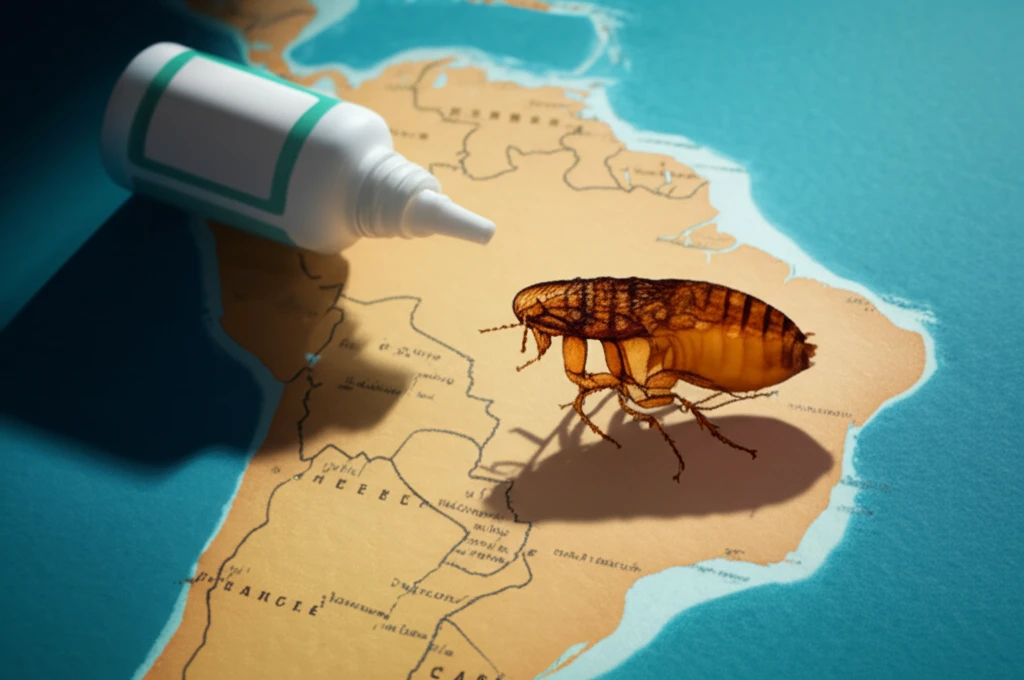
Kissing Bugs Beware: Can This Common Flea Treatment Save Lives?
"A new study reveals imidacloprid, found in flea treatments, as a potential weapon against Chagas disease-carrying kissing bugs, offering hope in pyrethroid-resistant populations."
Chagas disease, a parasitic illness caused by Trypanosoma cruzi, remains a significant health challenge in the Americas. Transmitted primarily by the 'kissing bug' (Triatoma infestans), this disease affects millions and poses a considerable burden on healthcare systems. The primary method of control has long relied on pyrethroid insecticides, but increasing resistance is threatening this approach.
In response to these rising resistance levels, researchers have been investigating alternative insecticides. One promising candidate is imidacloprid, a common ingredient in flea and tick treatments for pets. This readily available compound has shown potential in laboratory settings, prompting further investigation into its effectiveness and application.
A recent study published in Memórias do Instituto Oswaldo Cruz explores the effectiveness of imidacloprid against pyrethroid-resistant populations of Triatoma infestans in the Gran Chaco ecoregion. This research delves into the delayed toxicity of imidacloprid, the impact of insect feeding status on its efficacy, and the performance of various commercial formulations.
Imidacloprid: A New Hope Against Kissing Bugs?

The study evaluated the impact of imidacloprid on both susceptible and resistant kissing bug populations. Initial findings indicated that the toxic effects of imidacloprid remained consistent up to 72 hours post-exposure, irrespective of whether the insects had recently fed. This is a crucial finding because it suggests that the insecticide's effectiveness isn't significantly hampered by the insect's feeding behavior, simplifying application strategies.
- Spot-On Success: Only the spot-on formulation of imidacloprid demonstrated significant effectiveness.
- Dosage Matters: Nymphs feeding on pigeons treated with 20 mg or 40 mg of the spot-on formulation showed significantly higher mortality rates.
- Residual Effect: The treatment demonstrated effectiveness up to seven days post-application.
- Resistant Populations: The spot-on formulation proved effective against pyrethroid-resistant populations.
A Promising Step Forward
While the study highlights the potential of imidacloprid as a control agent, researchers emphasize that it should be integrated into a comprehensive pest management program. Its effectiveness is primarily limited to domestic and peridomestic animals, making targeted application crucial. Further research is needed to evaluate the spot-on formulation under real-world conditions and to optimize its integration into existing control strategies. The fight against Chagas disease is far from over, but this study offers a beacon of hope with readily available solutions.
